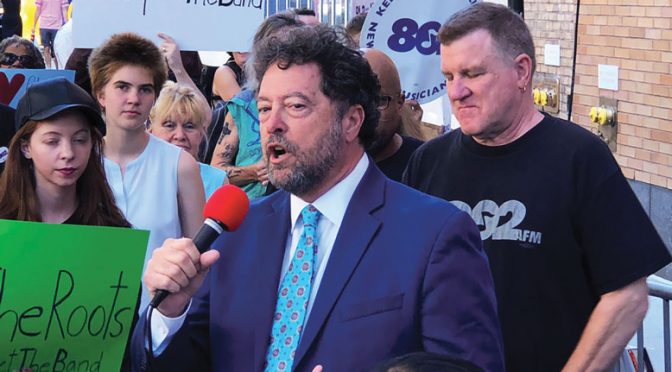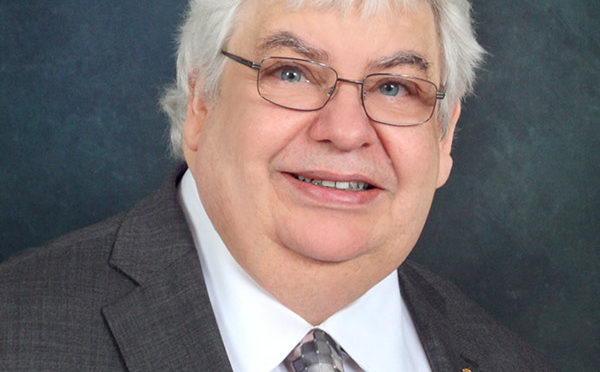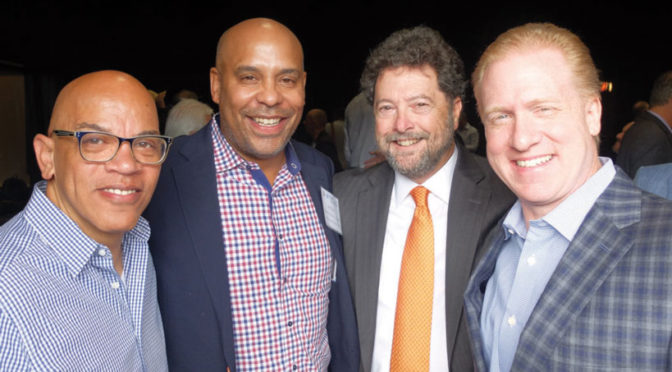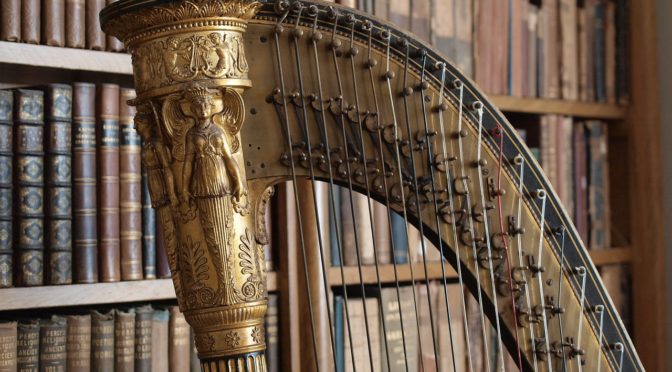When the world came crashing to a standstill in March, the music world didn’t stop with it; it just shifted to a different set of platforms. And sure, if all you’ve known before is the tour bus, live venues, and the traditional recording studio, it might feel like the world as you know it did stop. And now, six months later, it hasn’t really come back yet. But the ability to play your instrument and share that content still exists on the Internet, able to be exploited in a variety of combinations.
If you take away only one thing from this article, let it be this: When a producer engages a musician to perform recorded work to be posted on the Internet, there is an AFM EMSD agreement that covers that work. Do not let yourself believe that some corner of the Internet is uncovered, that you as a musician have no leverage. When a producer hires musicians, those musicians deserve to have contract coverage, wages according to standards, pension and health contributions, protections against re-use, etc.
Let’s start with the basic pandemic considerations offered by the Federation for streaming events. Before the pandemic, live engagement captures (usually ticketed concerts) could be streamed online by additionally paying under the terms of the relevant streaming agreement. In consideration of venues being closed, those restrictions have been loosened, allowing streaming to “replace” live concerts.
For example, if musicians are engaged to perform a virtual concert under a live engagement contract or under a local Collective Bargaining Agreement (CBA) and that concert is offered to ticket buyers via password protection, then that has replaced the ticketed event. In this instance, there is no additional fee for streaming the concert behind the password protection; however, an agreement must be signed with the West Coast office acknowledging the capture, just in case the capture has a life beyond that initial stream.
If, instead of password protection, the stream is made publicly available, but only exists online as a one-time “live” event, the payment for streaming is an additional 10% of the live engagement fee. If the stream is left online, a producer may keep the stream available publicly for a month for a fee of $85 per hour per side musician, not including premiums and fringes. Beyond that, the standard, pre-pandemic AFM On-Demand Streaming Agreement applies, with a cost of $197.20 per hour, allowing for a six-month streaming window.
But these days, there is more to online content than just replacing concerts. Many have taken the opportunity to produce individual song videos for platforms like YouTube, Facebook, or other social media. These may seem like a music video, but the provisions of the Sound Recording Labor Agreement don’t kick in unless there’s a track for sale or for streaming. So, what happens if you’re called just to play your instrument on camera for a single song, solely to produce that video and nothing more?
Incidentally, this type of work is covered by an agreement which existed before the pandemic. The concept came from bands who would gather in a recording studio before an album release to perform stripped down, acoustic versions of the master tracks to generate promotional videos. The acoustic track itself isn’t for sale, so it’s not a traditional music video. The work exists outside the scope of SRLA, so the Federation promulgates a per-song Internet Music Video Agreement that pays a side musician $200 for the first video generated from such a session and an additional $100 for each subsequent video at the same session.
This same concept applies to videos produced during the pandemic via Zoom or its ilk. If you are called to produce such a music video, let your local or the Federation know to make sure it gets covered under contract.
Moreover, the Federation has introduced an agreement to allow regional theatres to stream their archival material at a rate of $75 per side musician per 15 minutes of material, or $100 per 15 minutes if the show is broken into clips. Such a payment will allow the producer to post the production online for a one-year stream before any residual kicks in, with the residual format depending on how the content is exhibited.
Beyond these promulgated agreements, remember that certain types of “made for new media” work falls under the provisions of already existing collective bargaining agreements. For example, a made for YouTube “variety show” with multiple segments and performances falls under the Made for New Media side letter of the Television Videotape Agreement. Documentaries made from archival material still fall under our film agreements, just as they would have prior to the shutdown.
Even in instances where the recording work is for charity, if an employer tells a musician that the date is happening under a waiver, AFM waiver policy dictates that the musician retain the full authority to earn the appropriate compensation under the relevant agreement. Even when a musician chooses to waive that compensation, this must be done in conjunction with a signed agreement to cover the project.
And remember, any musician or group of musicians who are posting their own material online, whether audio or audiovisual, may use a Joint Venture Agreement to cover their work, as long as there is no employer-employee relationship; the musicians themselves must be the owner and controller of the product.
As you can see, there is a wide variety of ways in which material may be exhibited online and that number is increasing every day. Rest assured, there is always an AFM EMSD agreement which covers work that is recorded for distribution. So, if you are called to produce anything for the Internet, make sure there’s a union contract in place first!











